Columbia Calumny: Did Indian-origin Zohran Mamdani claim to be Black because of his poor SAT score? What we know… | World News
While Zohran Mamdani has been grappling with revelations about his old tweets, his college application to Columbia continues to haunt him like an albatross around his neck. After the New York Times revelation that Zohran Mamdani marked both ‘Asian’ and ‘Black’, conservative journalist Christopher Rufo has obtained his full admission application to reveal he scored only 2140 out of 2400 on his SAT, which was below the median score of 2250–2300.
THE IDENTITY BOX GAMBLE
For most students, a 2140 SAT score – roughly in the 94th–96th percentile nationally – would be a ticket to top-tier universities. But for Columbia, it fell short. Mamdani’s mother is Indian, and his father Ugandan-Indian, placing him in the highest-scoring demographic pool in admissions. According to Rufo, his score was below the Asian median but likely above the Black median, raising uncomfortable questions about why Mamdani marked “Black” on his form. In the ruthless casino of Ivy League admissions, every identity box is a chip – and Mamdani seemed to know exactly where to place his bet.
HIS FIRST SAT ATTEMPT AND HIP-HOP AMBITIONS
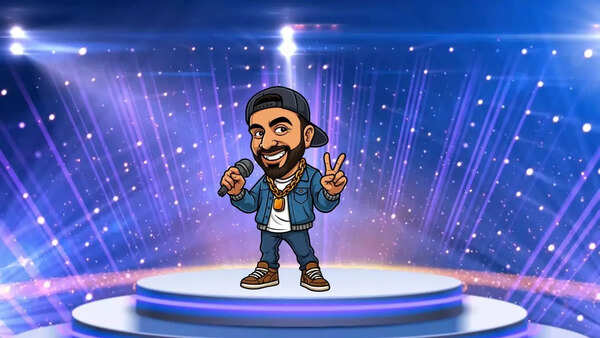
What many don’t know is that Mamdani’s 2140 SAT score was not his first attempt. His initial score was 1650 out of 2400, a result that would have excluded him from most top-tier universities. But at that time, college was not his only focus. During his high school years, Mamdani was also pursuing a different dream – hip-hop. Performing under the stage name Mr. Cardamom, Zohran Mamdani’s rap persona, released tracks that blended political consciousness with South Asian cultural references, rapping about gentrification, landlords, imperialism, and immigrant struggles in New York City. Friends remember him as the bespectacled economics student who would freestyle about identity and oppression at underground shows. While his music never reached mainstream recognition, it revealed a core pattern that defines his politics today: an instinct to merge personal identity with ideological messaging, and to turn every platform – be it an application form or a rap stage – into a statement.
WHY COLUMBIA STILL REJECTED HIM
Despite his strategic box-ticking and the advantage of having a father on Columbia’s faculty, Mamdani was rejected. Rufo offers two theories:
- Columbia’s brutal cut-off – With an acceptance rate under 10%, even near-median candidates are often rejected. Meritocracy with a machete.
- His gambit backfired – Mamdani’s application listed his parents: Professor Mahmood Mamdani and acclaimed filmmaker
Mira Nair , neither of whom is Black. Their address in an exclusive Manhattan neighbourhood undercut any underprivileged narrative. As Rufo notes, even cursory research by an admissions officer would have revealed that Mamdani was neither Black nor disadvantaged – just another elite kid trying to game the system.
FROM BOWDOIN TO ASTORIA: THE MAKING OF A CANDIDATE
Columbia’s rejection did not derail Mamdani’s academic journey. He went on to Bowdoin College in Maine, graduating in 2014 with degrees in Economics and Film Studies. His upbringing was a tapestry woven across continents: born in Kampala, raised partly in Uganda and India, then New York, straddling languages, religions, and elite academic circles.Today, Mamdani is a rising star in American progressive politics. Representing Astoria, Queens, in the New York State Assembly, he has campaigned for rent freezes, free public transit, universal childcare, and gender-affirming healthcare. His brand is unapologetically socialist and deeply rooted in class struggle.
OBAMA DELULU: MYTH VS REALITY
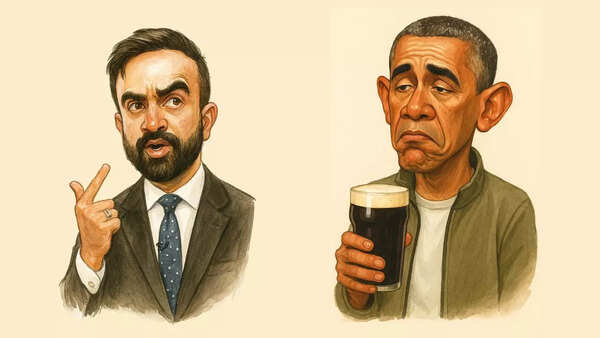
Among Indian-American liberals, Mamdani’s rise has sparked a familiar delusion: that he is the next Obama. After all, here is a brown intellectual, Ivy-educated, articulate, and unafraid to invoke moral urgency. But the comparison is misleading. Obama was a cautious centrist who won by forging broad coalitions and reassuring the establishment. Mamdani is a confrontational socialist whose rhetoric indicts the same establishment.For his critics, this makes him unelectable in a city that requires pragmatic coalition-building. For his supporters, it proves his authenticity. Unlike Obama, Mamdani has no illusions about elite buy-in. His project is to replace, not reform, the status quo.
TRUMP PLAYBOOK IN SOCIALIST HANDS
In strategy, however, Mamdani resembles Trump more than Obama. Like Trump, he is an outsider leveraging voter anger at establishment failures. Like Trump, he bypasses institutional party structures, building power through direct grassroots mobilisation. And like Trump, his identity is a core political weapon – though where Trump deploys whiteness, Mamdani wields race and religion as symbols of historical marginalisation.Earlier this month, Trump called him a “100% Communist Lunatic” on Truth Social. For Mamdani, that was a gift. Nothing cements your credibility with the progressive base quite like a personalised insult from Donald Trump.
THE RUFO FACTOR: EXPOSÉ OR/AND IDEOLOGICAL HIT JOB?
Christopher Rufo’s involvement is no accident. A former documentary filmmaker who shifted to conservative activism in the mid-2010s, Rufo has built his brand by targeting critical race theory, DEI programmes, and what he calls the corruption of elite liberal institutions. His work was instrumental in the plagiarism revelations that toppled Harvard President Claudine Gay. He has since targeted Vice President Kamala Harris for alleged citation lapses in Smart on Crime.Critics call Rufo an ideological assassin. His supporters hail him as a truth-teller unmasking progressive hypocrisy. In Mamdani’s case, Rufo frames the application saga as proof of liberal deceit: a privileged Indian kid falsely claiming Black identity to vault over more qualified candidates, only to now build a political career preaching redistributive justice.
BIAS AGAINST INDIAN-AMERICANS IN IVY LEAGUE ADMISSIONS
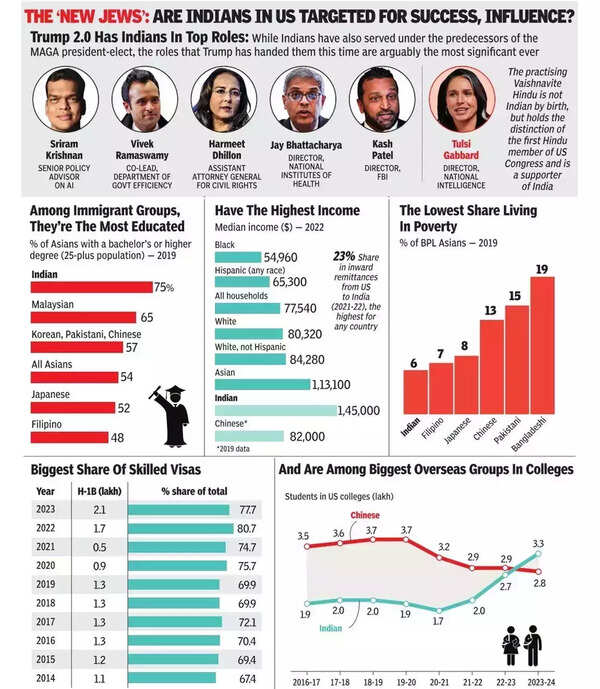
If Mamdani’s actions were cynical, they were also rational. Malcolm Gladwell’s Revenge of the Tipping Point dissects how elite schools systematically disadvantage Asian applicants. At Caltech, which uses meritocratic admissions, Asian-American enrolment rose from 25% to 43% between 1992 and 2013. At Harvard, it remained frozen at 15–20% – an artificial cap designed to maintain demographic balance.Gladwell writes: “There must be a point at which [Harvard admissions officers] are confronting the fact that they have gone to extraordinary lengths to ensure their campus hasn’t become dominated by Asians and Indians.”Indian students, with their exceptional average test scores, face the steepest barriers. For Mamdani, marking “Black” may have seemed like the only way to overcome an invisible racial quota that punished his heritage.
STRATEGIC IDENTITY VS MORAL CLARITY
Was Mamdani wrong to identify as Black? Legally, definitions of race in admissions are fluid, often based on self-identification rather than genealogical purity. Morally, the decision is murkier. His choice undermines the original purpose of affirmative action: to rectify historic and systemic disadvantage. But it also exposes how admissions systems force applicants into moral contortions, treating identity as both a badge of oppression and a ticket to privilege. In the end, Mamdani’s application was neither an isolated moral failing nor a heroic act of anti-racist solidarity. It was a calculated gamble in a rigged game.
MAYORAL AMBITIONS: WILL THIS MATTER?
For New Yorkers voting in November, Mamdani’s teenage SAT strategies may feel irrelevant against the realities of rent, crime, and cost of living. But the revelations dent his brand of moral clarity. His pitch has always been simple: I am the authentic truth-teller. The Columbia saga adds nuance. It suggests that Mamdani, like many ambitious youth, learned to game the very systems he now seeks to dismantle.How he frames this narrative will shape its impact. If he acknowledges it as evidence of systemic flaws, it strengthens his critique. If he dismisses it, it risks festering as proof that his socialism is built on personal opportunism.
A MIRROR TO ELITE HYPOCRISY
Ultimately, Mamdani’s story is less about him than about America’s broken meritocracy. It is a story of how Ivy League admissions incentivise identity manipulation while punishing academic excellence in certain racial groups. It is a story of an immigrant community forced to outperform simply to remain equal. It is a story of hypocrisy – both individual and institutional. And it is a reminder that in the elite gatekeeping of American life, there are no innocents, only survivors.
THE ALBATROSS REMAINS
The poet Samuel Taylor Coleridge wrote of an albatross hung around a sailor’s neck as punishment for killing the bird that once guided his ship. For Mamdani, Columbia is that albatross. It will not sink his campaign, but it will remain, flapping its wings in every debate about authenticity, privilege, and what it means to be brown, ambitious, and strategic in America’s rigged moral economy.Because in the end, every box checked is a confession: of who you are, who you wish to become, and how far you are willing to bend the truth to get there.
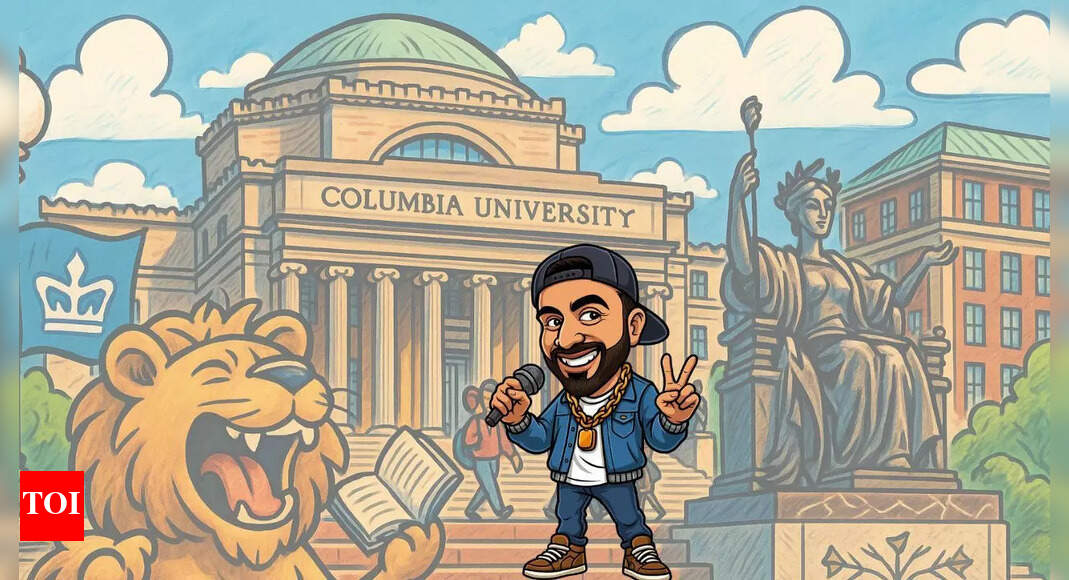
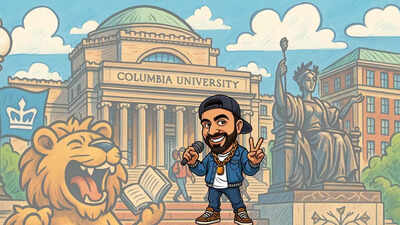













Post Comment